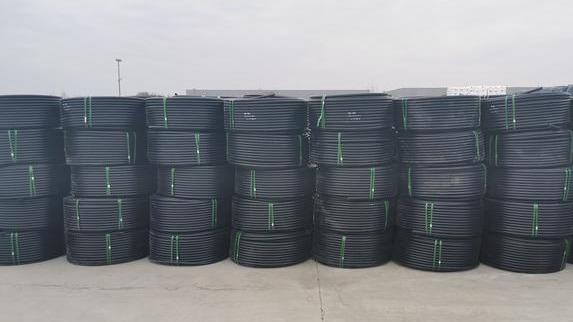PE Pipe Is A New Choice For Agricultural Water-saving Irrigation
Now, PE irrigation pipe becomes a new choice for agricultural water-saving irrigation.
Agricultural irrigation mainly refers to the irrigation of agricultural farming areas. Agricultural irrigation can be divided into three types: flood irrigation, sprinkler irrigation and drip irrigation. The specific classification of irrigation is more, but these three types are representative irrigation methods.
Flood irrigation
Water resources waste is very serious. Utilization rate is also very low. Because of its low cost, simple operation, it is still widely used in China. With the improvement of scientific planting and water-saving consciousness, sprinkler irrigation and drip irrigation are gradually applied to agricultural irrigation.
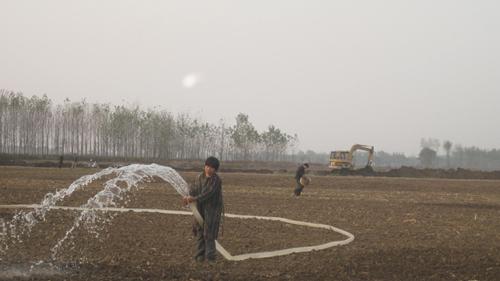
Compared with drip irrigation, the water resource utilization rate of sprinkler irrigation is not very high, especially when the crops are planted intensively or the branches and leaves are luxuriant. Most of the water resources are covered on the leaf surface and evaporate. Even if the drip falls on the ground and enters into the root water absorption area, more sprinkler irrigation is still based on the types of crops or it is more common in landscape planting.
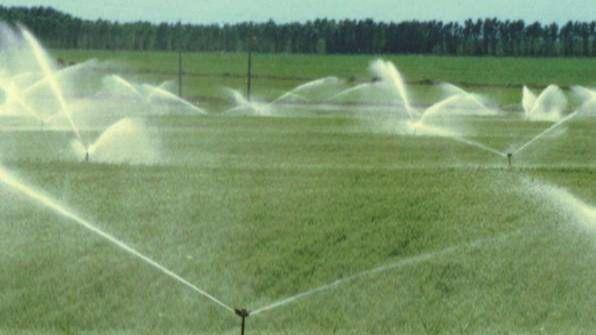
Drip irrigation is one method of using plastic pipes to send water to the roots of crops through holes or drippers on a capillary with the diameter of 10 mm for local irrigation. It is to use plastic pipe to send water to the root of crops through the hole or dripper on the capillary with the diameter of about 10mm for local irrigation. At the same time, fertilizer application can be combined to improve more than twice efficiency of the fertilizer. Drip irrigation does not damage the soil structure, and the water, fertilizer, air and heat inside the soil often keep good conditions which is suitable for crop growth, with small evaporation loss, no surface runoff and almost no deep leakage. It is a water-saving irrigation method.
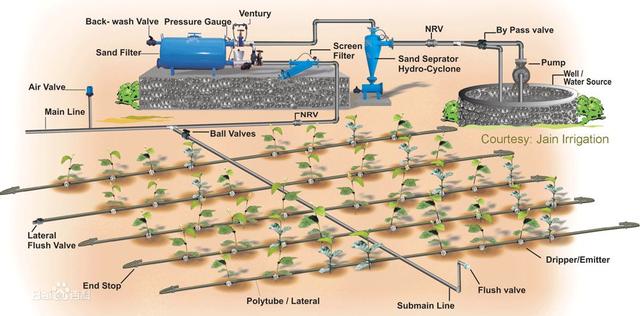
The requirements of pipeline material for drip irrigation are relatively high. It must have certain flexibility and it can be bent in the farmland. At the same time, it needs strong resistance to friction because drag and friction is inevitably when it is laid in the farmland. Besides, it should own strong pressure resistance. The instability of water pressure is a big problem of irrigation. small water pressure will reduce the irrigation efficiency, while large one is easy to cause pipe burst. So, high pressure resistance requirements is needed. In addition, no pollution and no leakage are very important. Water pollution will definitely affect farming. Therefore, the pipeline should be pollution-free. The service life should be as long as possible, and the pipeline will not produce bacteria or moss in the sun, so as to avoid the blockage of the pipeline after a long time of use. Under strict requirements, only PE pipe can fit perfectly.
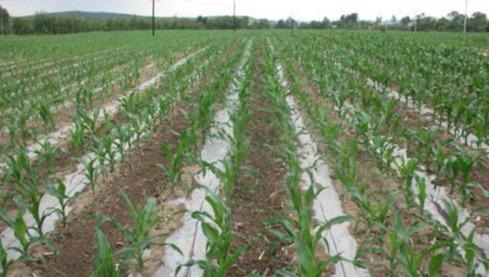
Advantages of PE irrigation pipe
Here are the advantages of PE water supply pipe as follows: no pollution, no leakage, strong friction resistance, good flexibility, smooth inner wall of pipe, bending elongation greater than 350%, low installation cost and service life of 50 years. Such excellent quality determines that PE irrigation pipe is the necessity of agricultural drip irrigation pipeline.
